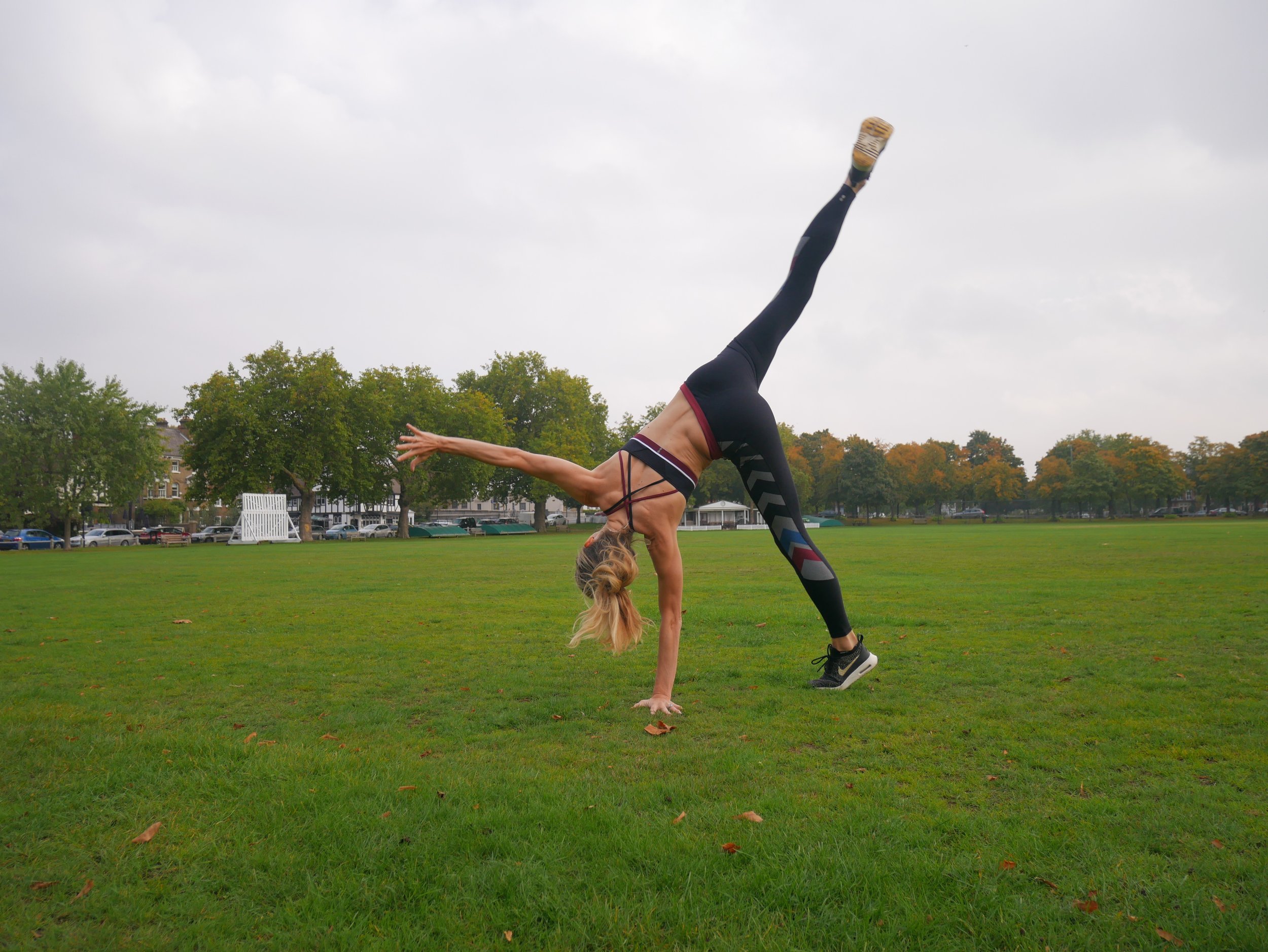ACTIVE RECOVERY
There are 2 examples of AR. When it comes to AR during a workout like the 15 seconds you have “off” during a tabata session, it’s referring to low intensity exercise immediately after a dynamic move. If your talking about an Active rest day this means a session done on off day from your actual training plan. Generally an active recovery workout is less intense and has less volume, like a walk in the park or yoga stretch. This means more oxygen gets to the muscles and studies have shown this to reduce lactic acid build up quicker. Active recovery reduces the amount of time you’ll be suffering with lactic acid build up in the muscles, so it’s a simple as just keep moving!!
AMINO ACID
Protein and its array of amino acids are the primary building blocks of your muscles, bones, enzymes and many hormones. They give cells their structure, they transport and store nutrients and they repair damaged tissue. You simply cannot live without protein. For this reason, many people now believe that protein should be the bulk of their diet, and are even switching to “high-protein” diets.
CALORIES
Keeping it simple, Calories are units of energy, contained within food, and used by the human body to maintain daily health and life. When you hear something contains 50 calories, it's a way of describing how much energy your body could get from eating or drinking it.
If you want to talk about caloric deficit (in otherwise how to loose weight through calorie counting) then here we go. As 1 pound of fat contains about 3500 calories, if you create a 500 calorie deficit each day, you'll create a total deficit of 3500 calories per week and should therefore lose about 1lb of fat per week... at least thats the theory!
CANDIDA
Sounds awful I know. Candida is a naturally occurring fungus in the human body that is there much like mucus as a default or protecting mechanism but it can grow into a pathogen very quickly because of poor diet, medications, stress and other toxic burdens.
CARDIOVASCULAR
Cardiovascular relates to the heart, the blood vessels and the system of transporting nutrients and oxygen around the body. Cardiovascular exercise (also known as aerobic), therefore, involves movement to increase your heart rate helping you to burn energy, lose weight and improve endurance.
COFFEE
Coffee is a brewed drink prepared from roasted coffee beans, which are the seeds of berries from the coffea plant. Coffee is slightly acidic and can have a stimulating effect on humans because of its caffeine content, making it one of the worlds most popular drinks. If you enjoy coffee it makes for a brilliant tool. Boosting your energy for a workout means better results. BUT remember people, everything in moderation OK.
ENDURANCE TRAINING
Endurance training is about improving your ability to keep on going without stopping and generally refers to aerobic or cardio workouts as opposed to the anaerobic system. But endurance is not just about lasting longer, endurance training can also provide you with more energy, a stronger heart and increased metabolism. Go GetSetBody tribers!
ENDORPHINS
When you exercise, your body releases chemicals called endorphins. These endorphins interact with the receptors in your brain that reduce your perception of pain or my Holy Legulation circuit. ha.
Endorphins also trigger a positive feeling in the body, similar to that of morphine. For example, the feeling that follows a run or workout is often described as "euphoric." That feeling, known as a "runner's high," can be accompanied by a positive and energizing outlook on life.
FAT
Thank goodness the 90's are over. No more fat free anything at all as yes, fat is fabulous for you! Go to my The skinny on fat blog for so much more info.
GLUTATHIONE
Glutathione, your body’s master antioxidant, is often depleted by environmental toxins, stress, poor diet and more which obviously effects your immune system.
Taking a Glutathione supplement will support optimal cellular function and protect against oxidative stress. I personally luuuurrrve Bullet proofs Glutathione Force!
STRETCHING
An active stretch is one where you hold a stretched position with othing other than using the strength of your agonist muscles. So go into a full stretch and hold.
Dynamic stretch uses movement to elongate muscles at the end of a range of motion. It can be used as a way to prepare the body for exercise by actively engaging your muscles in movements similar to those you'll perform during your activity. Pilates generally uses this method to stretch the body out.
Passive stretching is when you use an ‘tool’ other than your own muscle to move a joint or limb beyond its active range of motion, to put your body into a position that you couldn't do by yourself (such as when you lean into a wall, or have a partner push you into a deeper stretch).
Phew…who knew there were so many ways to stretch!








